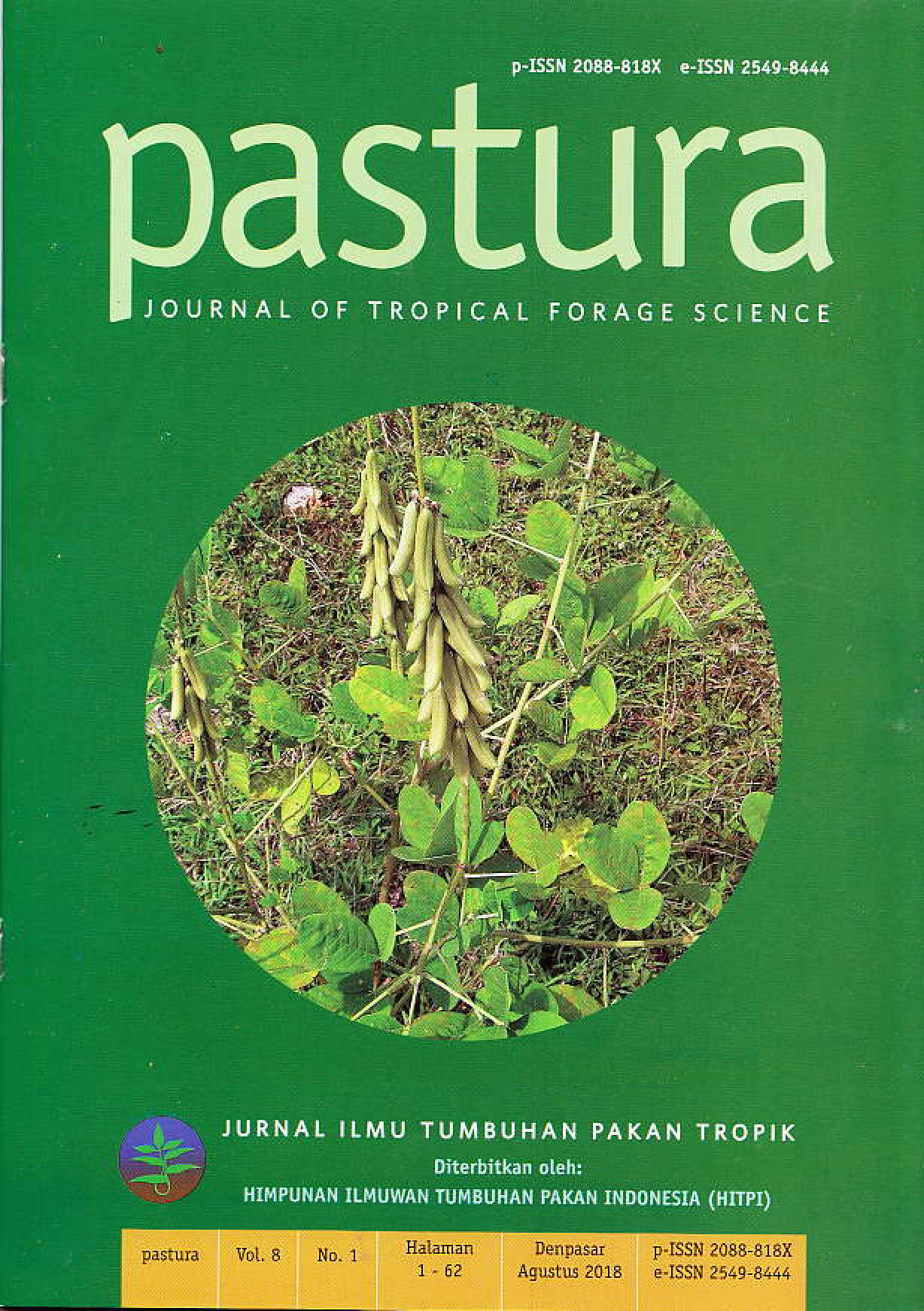PENGARUH CACING TANAH DAN JENIS MEDIA TERHADAP KUALITAS PUPUK ORGANIK
Abstract
Earthworms are one of the soil macroorganisms that have a very important role in maintaining soil quality in a sustainable manner. Lumbricus rubellus is one of 1800 types of earthworms that live on the surface of the soil which has the ability to degrade very high organic matter. The quality of vermicompost fertilizer is strongly influenced by the types of media because decaying speed is determined by the C / N ratio. This study aims to determine the type of media that is best used to improve the quality of vermicompost fertilizer. Experiment was used completely randomized blok design in factorial pattern. he first factor is the population of worms consisting of 4 levels (Control, 20 Tails, 40 Tails, and 60 Tails). The second factor is media worms consisting of 4 levels (slurry cattle + 25% straw, slurry pigs + 25% straw, slurry cattle + 25% straw + 25% vegetables waste, slurry pigs + 25% straw + 25% vegetables waste) with three replication so that there are 48 test units. The results showed that the interaction of treatments had a very significant effect on: decay speed, C-organic, population of earthworms, earthworm eggs, total microorganism population, and pH of vermicompost, except P-available and N-total. It can be concluded that the best vermicompost quality in the study was slurry cow + 25% rice straw + vegetable waste and 60 earthworms.
Keywords: cow slurry, rice straw, vegetable waste, earthworm, vermicompost





